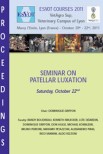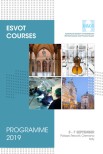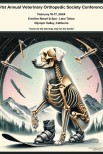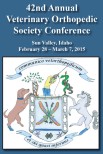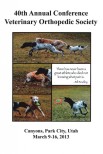Summary
Reasons for performing study:
Identification of exercise history patterns that are related to catastrophic scapular fracture will facilitate prevention of racehorse fatalities.
Objectives:
To determine if exercise patterns are associated with scapular fracture in Thoroughbred (TB) and Quarter Horse (QH) racehorses.
Methods:
High-speed exercise histories for 65 TB and 26 QH racehorses that had a complete scapular fracture (cases) and 2 matched control racehorses were retrospectively studied. Exercise variables were created from lifetime race and official timed workout reports. Associations between exercise variables and scapular fracture were investigated using conditional logistic regression.
Results:
Thoroughbreds with a scapular fracture had a greater number of workouts, events (combined works and races), and mean event distances than QHs with a scapular fracture. Quarter Horses worked less frequently and accumulated distance at a lower rate than TBs. Breed differences were not found for career race number or length, time between races or lay-up variables for horses with ≥1 lay-up. For both breeds, cases had fewer events, lower recent accumulated distance and fewer active days in training than controls; however, a subset of TB cases with >10 events since lay-up had a longer active career than controls. For QHs that had a lay-up, total and mean lay-up times were greater for cases than controls. Multivariable models revealed that odds ratios (OR) of scapular fracture were greater for TBs that had not yet raced (OR = 23.19; 95% confidence interval (CI) 3.03–177.38) and lower for QHs with more events (OR = 0.71; 95% CI 0.54–0.94).
Conclusions and clinical relevance:
Racehorses that are in early high-speed training but behind that of their training cohort should be examined for signs of scapular stress remodelling. Quarter Horses that had a prolonged lay-up and TBs that have endured high-speed training for a longer duration than that of their training cohort also were at greater risk.
